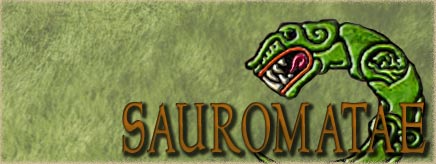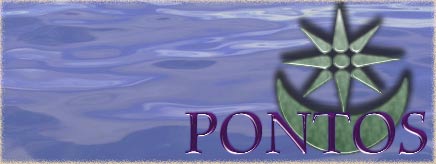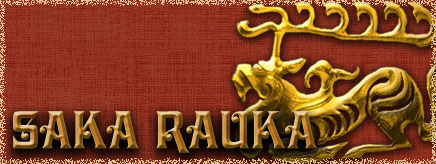Remember it is the horses in a cavalry charge that do the most damage, they will crack skulls with kicks of their legs, trample over men, bite at wrists etc. A skilled calvary man, if attacking a solid formation would probably aim his charge at a gap in the enemy lines, causing the formation to break up with men fleeing or shuffling backwards.
Although not a historical text, I like how Steven Pressfield put it in The Virtues of War
The scene is Alexander speaking to the reader about his strategy at Chaeronea.
"The Thebans do not understand modern warfare. They believe Philip's strength resides where theirs does, in the massed formation of the heavy infantry. No. The role of the Macedonian phalanx is not to slug it out, power for power, against the foe. Its job is to fix the enemy in place, while our heavy cavalry delivers the decisive shock from the flank or rear. The Theban despises cavalry. His hoplite soul holds horse troops in contempt. He cannot believe that mounted men will willingly fling themselves upon the hedgehog's back of bristling, serried spear points.
But we will.
I will.
Today we will make believers of them."
. . .
"As the Sacred Band comes forward (as it must to attack Antipater's brigade in the flank), our wedges of Companion Cavalry appear on their left, hurtling towards them. The foe's reinforcing companies of the Heracles, Cadmus , and Electra regiments must flood forward now, filling the breach created by the Sacred Band's charge. We can see their captains shouting and gesticulating for this, and their gallant ranks straining to obey."
. . .
"A gap opens between the Sacred Band and it's supporting units. Into this gap I charge. Bucephalus is first to strike the foe. My horse is a prodigy. He stands seventeen hands high and weighs over twelve hundred pounds. His hooves on the earth make tracks broad as skillets, his quarters are the size of regimental kettles. I cannot imagine the terror that must have seized that initial warrior of the Sacred Band as my stallion's driving knees crashed upon him, followed by the massive bulk of his iron-armored chest. The front parted before me with the sound of rending metal. I could feel Cleitus and Telamon behind me on the left, Socrates Redbeard on the right.
The cavalry charge is nothing grander than a directed stampede. Men have believed that horses will refuse to overrun massed infantry, as they will balk at running into a wall of stone. But horses are herd animals, and in the madness of the rush, they will follow the leader headlong off a cliff. In the formation of the wedge, where the commander's horse is alone at the point, the mounts of the succeeding chevrons are not following their eyes and senses, they're following the lead horse. And if the leader is brave enough or reckless enough, spurred on by a rider impetuous enough, the trailers must follow. The same instinct that drives a herd off a precipice will propel it into massed infantry.
Here's a video of two horses running into a solid object at the 0:40 mark.






 Reply With Quote
Reply With Quote





Bookmarks